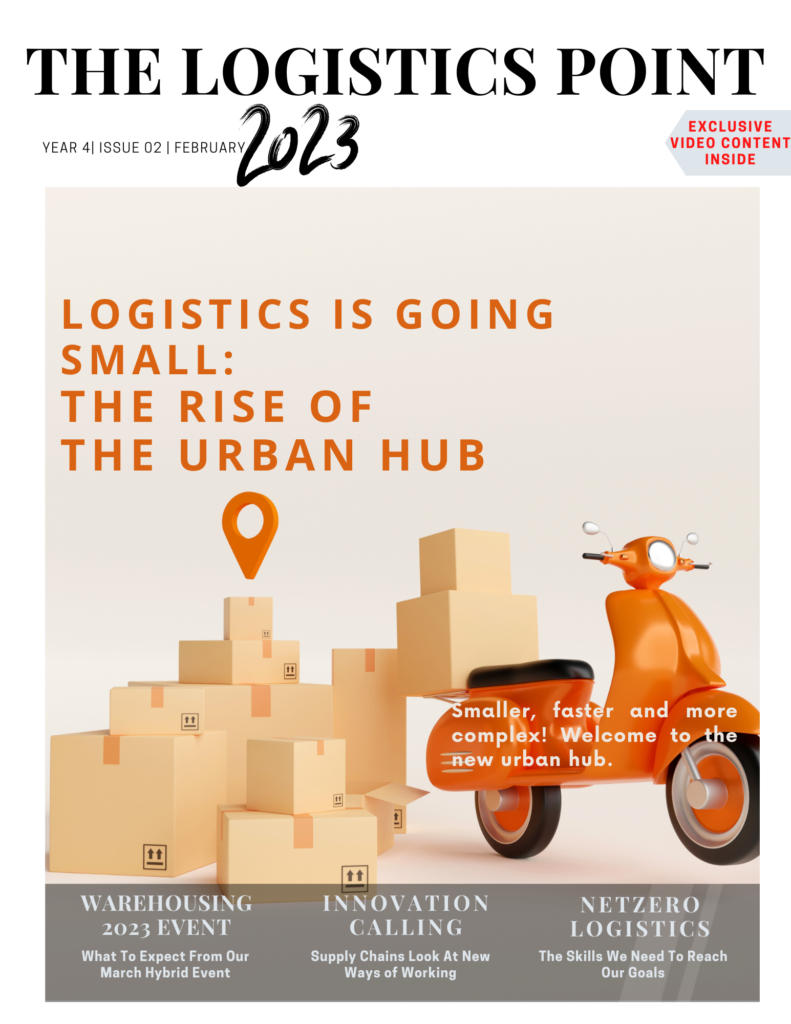Consumers changed and demand it all at the same time on multiple platforms. But operating like this is challenging. Omnichannel was something that a few were doing, but now it is becoming standard. We spoke to Will Lovatt, General Manager VP at Deposco Europe, about omnichannel and evaluating success. You can watch the full video below.

Will, how can we examine the omnichannel strategy so we know it is fit for purpose?
I don’t think you can assess the success of an omnichannel strategy without first looking at sales. I will include in that customers’ satisfaction, churn rates, order accuracy, cost of fulfilment orders, out-of-stock rates, how much excess inventory I’m carrying, what’s my profit or loss from late or incorrect orders?
Next I will look at the KPIs against each individual. For example, the hourly picking rate per employee. Also, how many orders are shipped on a daily basis. There are some key questions.
Am I operating the facilities at capacity and doing that efficiently? How much time are my individuals spending on looking for items or sorting errors and issues?
The way we measure those is important to understand. This can’t be an Excel sheet or an accounting system because the reach of those systems and the immediacy, the real-time nature is inadequate for the dynamic world which omnichannel e-commerce now demands.
Traditional solutions have a certain reach and insight into this area, but perhaps are less flexible for the sheer level of change that we’re seeing across the e-commerce world. So it needs to be a fit-for-purpose measurement solution that sits on the back of the operational systems.
Seems like there are two worlds clashing here. One is of the consumer and the other of the operational side. So if we start with the consumer, how do you make sure that whatever you’re supplying or offering them is the right thing?
So, how do we know it’s the right offer for the customer? We listen carefully, and that’s a difficult item.
We have to collect data across every possible moment. We, as an e-commerce business, have gone down a channel of looking at faster delivery times, looking at wider ranges, expanding the offer, to look at marketplace offerings – almost blind of customer feedback.

We are increasingly seeing a consumer with a vision and opinion on things like sustainability, packaging, delivery methods.

How about the warehouse? Is it the same one we are all familiar with?
The traditional supply chain was built to be fit for purpose for highly efficient bulk delivery into retail. Now we have to look outside the traditional warehouse footprint to any fulfilment centre. It could be a traditional warehouse, a dark store, or even a retail store itself Each of those will play a role in the network, which is the fulfilment operation.
We’re picking singles, which a forklift can’t do, so therefore we’re helping individuals to be more effective in that environment.
There are operational challenges and safety challenges like the mix of individuals and forklifts. The warehouses that we’re familiar with now have multiple zones of operation. They have bulk storage, bulk output, maybe they’re serving retail and franchise operations, as well as pick, pack, ship direct-to-consumer. We’ll see a range of tools facilitating those flows.
What happens if a company decides that omnichannel is just too complicated for them?
We’re seeing a big swing towards Direct-to-Consumer. It is tough to ignore such a route to market. The consumer will decide where they’re going to buy products, what and when they buy it. You can watch the full interview with Will Lovatt and learn more about how to evaluate an omnichannel strategy, how the warehouse looks like and more in the video below. ✷


